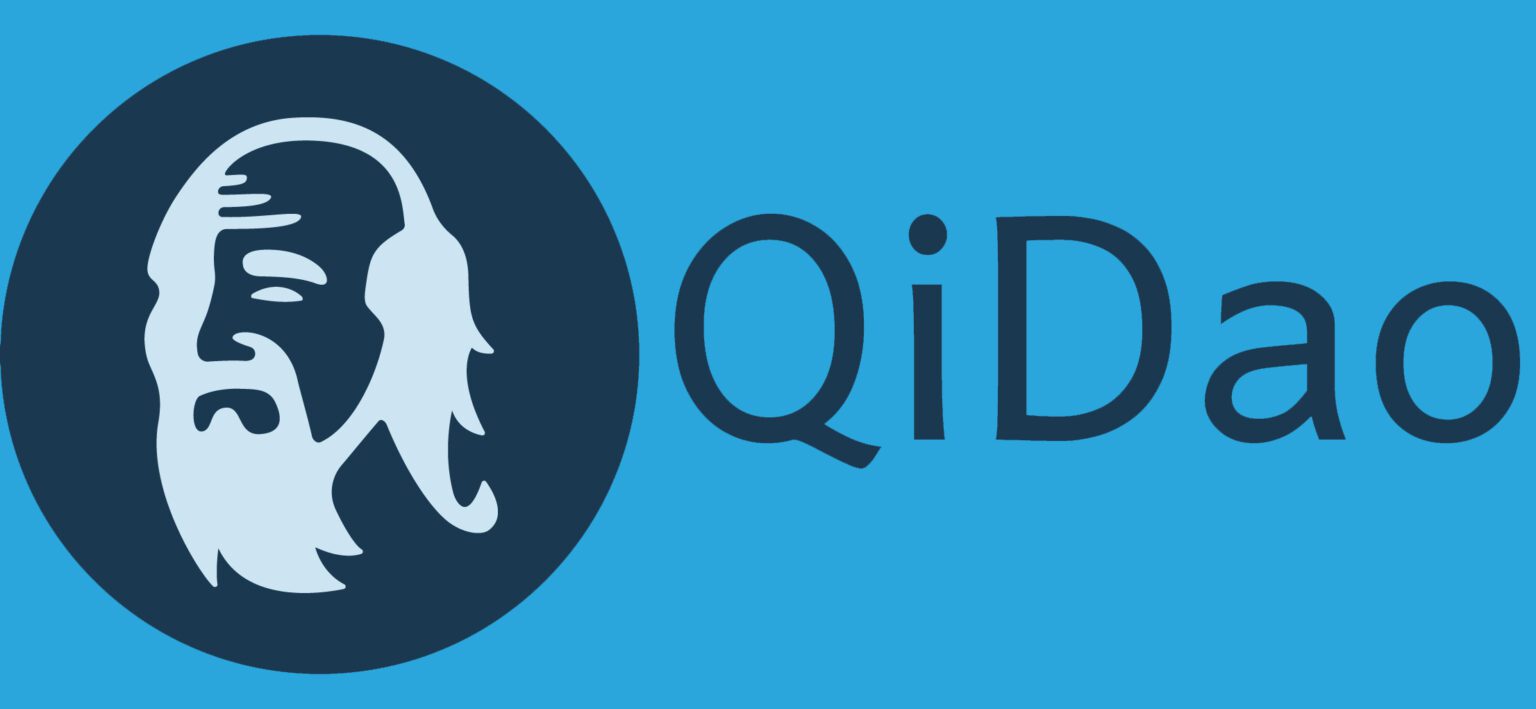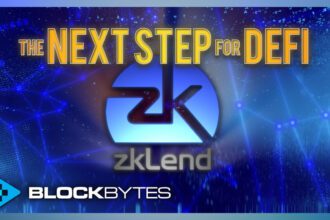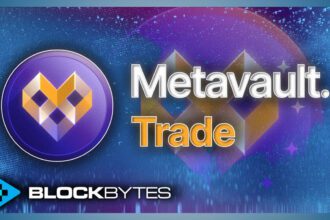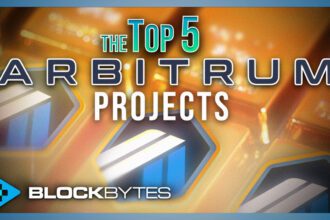What is QiDAO?
QiDAO is a lending protocol offering a collateralized stablecoin, MAI. Based on the Polygon network but active on ten different chains, QiDAO is an important project in the DeFi space.
Users can deposit various cryptocurrencies as collateral to borrow MAI with 0% interest so long as the loan remains overcollateralized. Some vaults receive incentives in QI or partnered project tokens if the user remains within a certain percentage of collateralization. Each vault’s collateralization is decided by the DAO and varies according to the relative volatility of the collateral asset. More volatile assets require more collateral.
If a user falls below the minimum collateralization rate, their collateral will be partially liquidated to regain the proper collateralization rate.
QI holders can stake their tokens to receive a part of the protocol’s revenue. In addition, QI holders can participate in the DAO by voting on collateralization rates, new vaults, and generally guide the future of QiDAO.
Risk Management and Incentive
The success of QiDAO depends on the collateralization rate of each vault. Indeed, MAI, the stablecoin issued by QI DAO can only maintain its $1 peg if the vaults maintain a healthy rate of collateralization. Cryptocurrencies used as collateral to borrow MAI must have a dollar value at least equivalent to the dollar value of MAI borrowed.
For this reason, each loan of MAI must be over-collateralized to ensure fluctuations in the value of the underlying asset do not devalue MAI. Each vault has a specific collateralization rate determined by the volatility of the asset it holds. This makes the ongoing risk management process exceptionally important, as QI DAO must be vigilant of the health and volatility of all collateralized assets. Rates must constantly be adjusted to reflect the current state of the market.
When a vault falls below the minimum collateralization rate, the position is liquidated until it regains the minimum collateralization rate. Liquidators repay 50% of the debt in MAI and recover 50% of the collateral and 10% of penalties paid by the borrower. Partial liquidation was implemented a few months after the QiDAO launch to protect borrowers.
The protocol chooses how many MAIs can be minted per vault to ensure stabilization. This total is determined using the provided collateral. Additionally, QI incentives are distributed to direct liquidity where needed.
Finally, if QI goes under peg, incentives are directed directly to the vaults using stablecoins as collateral. As stablecoins have no risk of being liquidated, their over-collateralization will allow MAI to regain its peg.
QI tokenomics
QI is the governance token of QiDAO. QiDAO uses it as an incentive to guide users to specific vaults, define the voting power of the DAO members, and distribute protocol revenue to holders.
The supply (Max Supply: 200 million tokens) is distributed as follows:
Strategic Partners: less than 5% released linearly for 18 months
Keeper allocation: 10% total vested over 3 years
Community: 85%
As you can see, the biggest portion is reserved for the community. Having launched 18 months ago from the time of writing, total QI circulation is around 66%. The value of these incentive distributions depends on protocol usage. With enough revenue, the protocol can make regular token buybacks.
Revenue Distribution
QiDAO has four sources of revenue:
Refund Fee: Users pay 0.5% fee when repaying the MAI they have borrowed.
Farming deposit fees: Users who deposit their liquidity pool token to participate in the liquidity mining program pay a 0.5% fee.
Direct Deposit Module: QiDAO can directly deposit MAI into money markets, and the MAI borrowed by these external users will earn interest.
Anchor fees: Anchor allows users to swap MAI directly from other stablecoins. QiDAO takes a 1% fee for these swaps.
Revenue is distributed to QI stakers and the treasury. Stakers receive 30% repayment fees, 100% farming deposit fees, 50% DDM revenue, and 30% anchor fees.
By staking QI and locking for a fixed period, holders obtain eQI in proportion to the number of tokens locked and the length of lock time (up to 4 years). A user’s revenue share is determined by the number of eQI they hold. Additionally, locking tokens boosts the user’s Qi Powah (voting power), relative to lock time.
Protocol Governance
QiDAO’s governance is undoubtedly one of the most active in decentralized finance. In 18 months, 178 proposals have been discussed by the community. All decisions made by the DAO follow a four-step process:
- The first is a discussion on Discord, an early version of a proper proposal. Here, the proposal is specified, and different voting options are formulated.
- If the vote is essential for the health and safety of the protocol, there is a community town hall on Discord so that everyone can express their opinion. Members can also make independent community town halls.
- Voting for the QIP (QiDAO Improvement Proposal) takes place during the third stage using the snapshot website. Voting takes place on the Polygon blockchain.
- The fourth step is to implement the vote.
The voting power of each member is based on the number of QI possessed and any possible boosts for locked QI.
The Way of Multichain
QiDAO was launched in May 2021 on the Polygon network. In October 2021, Proposition 28 passed, and as a result, the protocol began to develop on other blockchains. First on Fantom and Avalanche, then Moonriver, Harmony, and Cronos, all of which saw their ecosystems grow in early fall 2021. However, QI staking and voting are still on the Polygon network.
QiDAO has since deployed on Arbitrum, BNB Chain, Optimism, Gnosis Chain and released its v2 in June 2022. QiDAO is deployed on ten blockchains and accepts more than sixty assets as collateral. QiDAO has a wide reach, having deployed on both MetisDAO and Ethereum, ensuring it is present on both the L1 and L2 of the Ethereum ecosystem.
This expansion has facilitated multiple partnerships. Since last summer, QIDAO has participated in the Metis Marathon and quests organized on Optimism. Many other partnerships have also been set up with decentralized applications, allowing incentive programs other than QI.
In a year and a half, QiDAO has become one of Polygon’s most important native protocols. Moreover, despite the fall of several decentralized stablecoins, MAI has successfully weathered the storm in the crypto market. The community demonstrates the strength of DAOs in DeFi. New projects looking to build DAOs would benefit from taking a close look at QiDAO.
Submitted by Blockbytes Contributor Patrice Vibert. Follow him on twitter @TendancesCrypto














